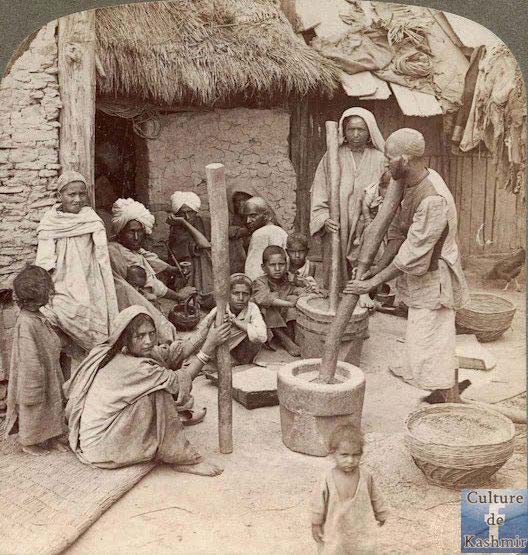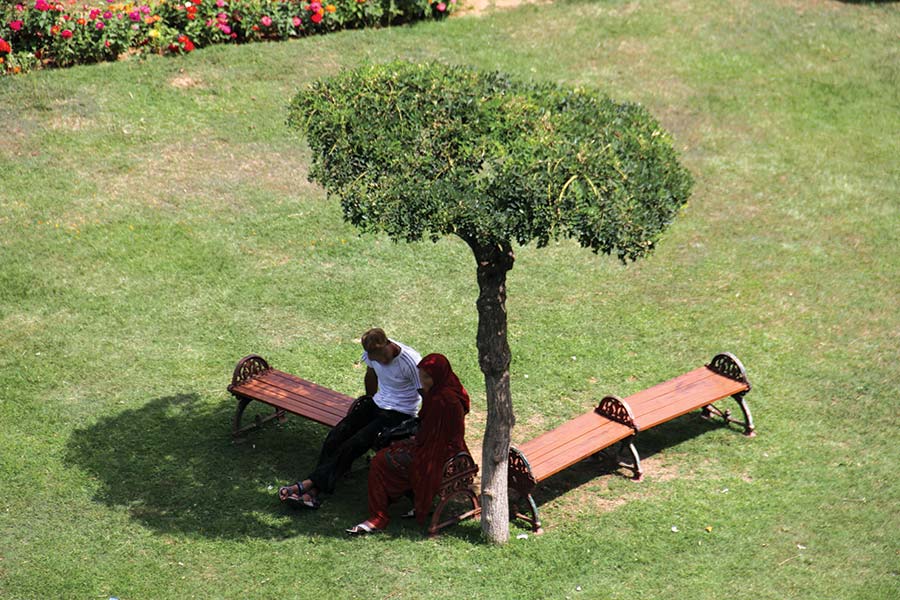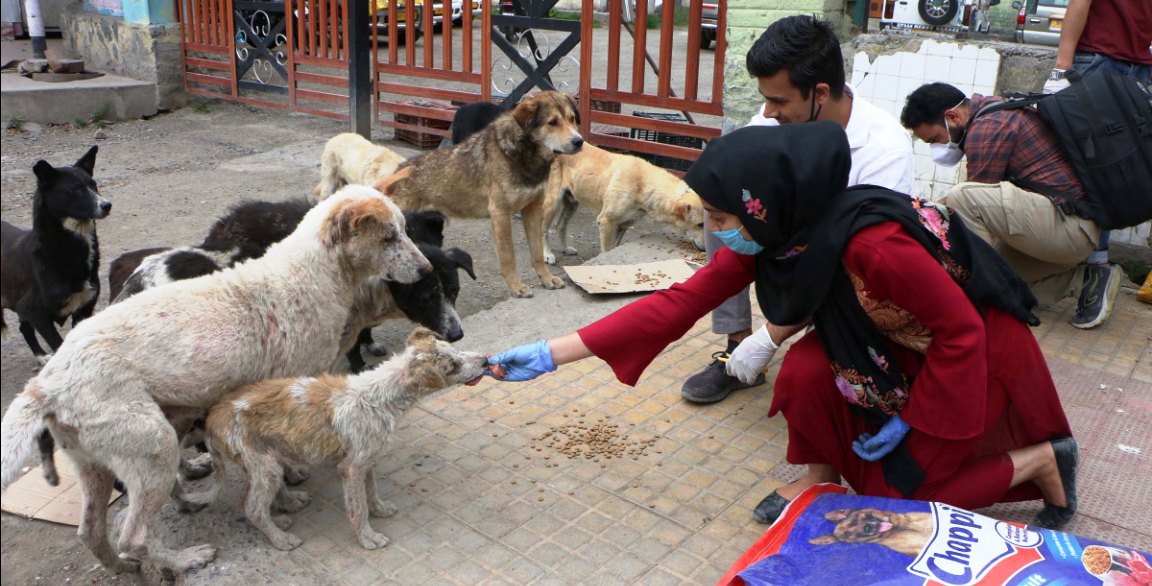JAMMU: Off late, the J&K government has decided to use the front page of its yearly economic survey to convey the concerns it faces. Last year, a photograph showing locked shops suggested the tensions of the 2016 could not even be ignored by the policy makers on the economic front. This year, however, it is is a cross-word. The Economic Survey 2017, formally released by the J&K Government, has a puzzling cross-word on its front page.
 Apparently the idea behind the front page is aimed at suggesting a shift in the public think in the manufacturing sector. As the state was inching towards the GST regime, the real concern in the industrial sector of the state was whether or not various incentives that they have been using to sustain their operations and competition will continue or not. It was after a series of protests that the centre and state sat in the GST Council and decided to share the burden of incentives in J&K and many other states.
Apparently the idea behind the front page is aimed at suggesting a shift in the public think in the manufacturing sector. As the state was inching towards the GST regime, the real concern in the industrial sector of the state was whether or not various incentives that they have been using to sustain their operations and competition will continue or not. It was after a series of protests that the centre and state sat in the GST Council and decided to share the burden of incentives in J&K and many other states.
The front page of the economic survey is seeking suggestions, if not questions that whether it was not possible to hunt for alternatives which will eventually help the state rollback all the incentives that are currently being extended to the manufacturing sector. It has listed almost everything but has not dropped anything beyond hints about what the alternative could be. This, policy makers in the state suggest, has to be a vital debate in wake of the fact that GST regime in the long run, may not sustain any kind of concessions because it is aimed at creating a common market.
J&K has 3226 industry units excluding 103 major industries. It has a cumulative investment of 12216 crore and the sectors employs 182094 people. The survey has put the production in handicrafts ector at Rs 1151.12 crore and anticipates lesser production this fiscal. LOC trade has recorded a turnover of Pakistani Rs 252.90 crore and Indian Rs 304 crore till October. This is slightly sluggish in comparison to Pakistani Rs 858 crore and Indian Rs 527 crore last fiscal.
But that is just an appetizer in the Economic Survey. It has devoted a complete section to the initiatives that have been implemented in the last fiscal and are either ready for implementation or have gradually been rolled out at the backend of the system managing the public expenditure.
GSDP
The survey puts the Gross State Domestic Product (GSDP) at constant (2011-12) prices for the year 2017-18 at Rs 109136.52 crore, as against the estimate of Rs 100597.57 crore for 2016-17, indicating growth of 8.49 per cent during 2017-18. At current prices, GSDP for 2017-18 is estimated to be Rs 140886.76 crore as against the estimate of Rs 126230.91 crore for 2016-17, showing an increase of 11.61 per cent during the year.
The projected estimates for the year 2018-19 at constant (2011-12) prices and current prices of GSDP is Rs 116637.44 crore and Rs 157383.77 crore.

The estimate of State Income ( Net State Income) at constant (2011- 12) prices for 2017-18 is Rs 90902.60 crore, as against the estimate of Rs 83717.39 crore for 2016-17, suggesting a rise of 8.58 per cent during 2017-18. At current prices, the State Income for 2017-18 is estimated at Rs 119294.71 crore as compared to the estimate of Rs 106326.40 crore for 2016-17, showing a rise of 12.20 per cent during the year. The Net State Income at constant (2011-12) prices and current prices are roughly estimated at Rs 97352.75 crore and Rs 133596.72 crore respectively for the year 2018-19.
The state economy is expected to register growth of 8.49% (Advanced) during the financial year 2017-18 at constant prices of 2011-12 as compared to growth rate of 3.29% achieved during 2016-17. The projected growth for the year 2018-19 is roughly estimated at 6.87%.
The survey anticipates a d modest growth in the Agriculture sector’s contribution to the GSDP and also a slight fall in the contributions from the services sector. The contributions from Agriculture and allied sectors is anticipated to fall from the actual 16.05 percent to 16.18 percent. The industry is anticipated to grow its percentage contribution to GSDP from 27.88 to 27.90 and the key services sector will comprise its existing share of 56.07 to 55.92 in the GSDP matrix.
The survey offers very interesting graphs that indicate what is the quantum of money going to various socio-economic sectors, from the overall GSDP and from the overall government expenditure. It is interesting that while energy takes more than 16 percent of the state’s expenditure, the entire social sectors takes only 15 percent!
Per capita income
The per capita income during 2017-18 at constant 2011-12 prices (NSDP) is estimated at Rs.65615 while the per capita income of Rs 61349 was registered in financial year 2016-17. The per capita income during 2017-18 at current prices is estimated at Rs. 86108 while per capita income during 2016-17 stood at Rs. 77918 at current Prices. The projected per capita income at current and constant 2011-12 prices for the year 2018-19 are roughly estimated at Rs. 94992 and Rs. 69221 respectively.
Key Concerns
It is a section on the key concerns of the state. It lists unemployment as a major concern but the chapter offers details of what the J&K EDI has done. It bears no mention what other departments have done. The other area of concern include poverty and the prices and food management. The statistics about the food management offers a clear idea about what it costs to keep hunger at a stone’s throw in wake of the massive conversion of the paddy fields into orchards over the years.

“During the year 2015-16 the import of foodgrains was recorded at 755.85 thousand metric tonnes, which was 0.12% less than the imports of 2014-15. However, due to the implementation of “Mufti Mohammad Mohammad Sayeed Food Entitlement Scheme” w.e.f. from July 2016, the import of foodgrains during the year 2016-17 was recorded at 952.55 thousand metric tonnes, which was 26.02% more than previous year. The import of foodgrains during the year 2017-18 upto October, 2017 has been recorded at 526.74 thousand metric tons,” the survey reveals.
The Survey has identified various areas in which the allocations are not being spent. In horticulture, the actual spending in last two financial years have been Rs 17.15 crore and Rs 35.56 crore against the allocations of Rs 190.73 crore and Rs 124.29 crore, respectively. The government has allocated Rs 184.98 crore in the current fiscal. Under High Density plantation Rs 1476.00 lakh were allocated and an expenditure of Rs 1332.99 lakh was incurred against 36 hectares of High Density Orchards(31 Ha. Private and 05 Ha. Public Sector).
Interestingly, the Survey said that as many as 7309285 visitors came to the state which included 259170 to Ladakh and 1050480 to Kashmir, excluding Amarnath! These numbers are up to October only which means it will be more.















